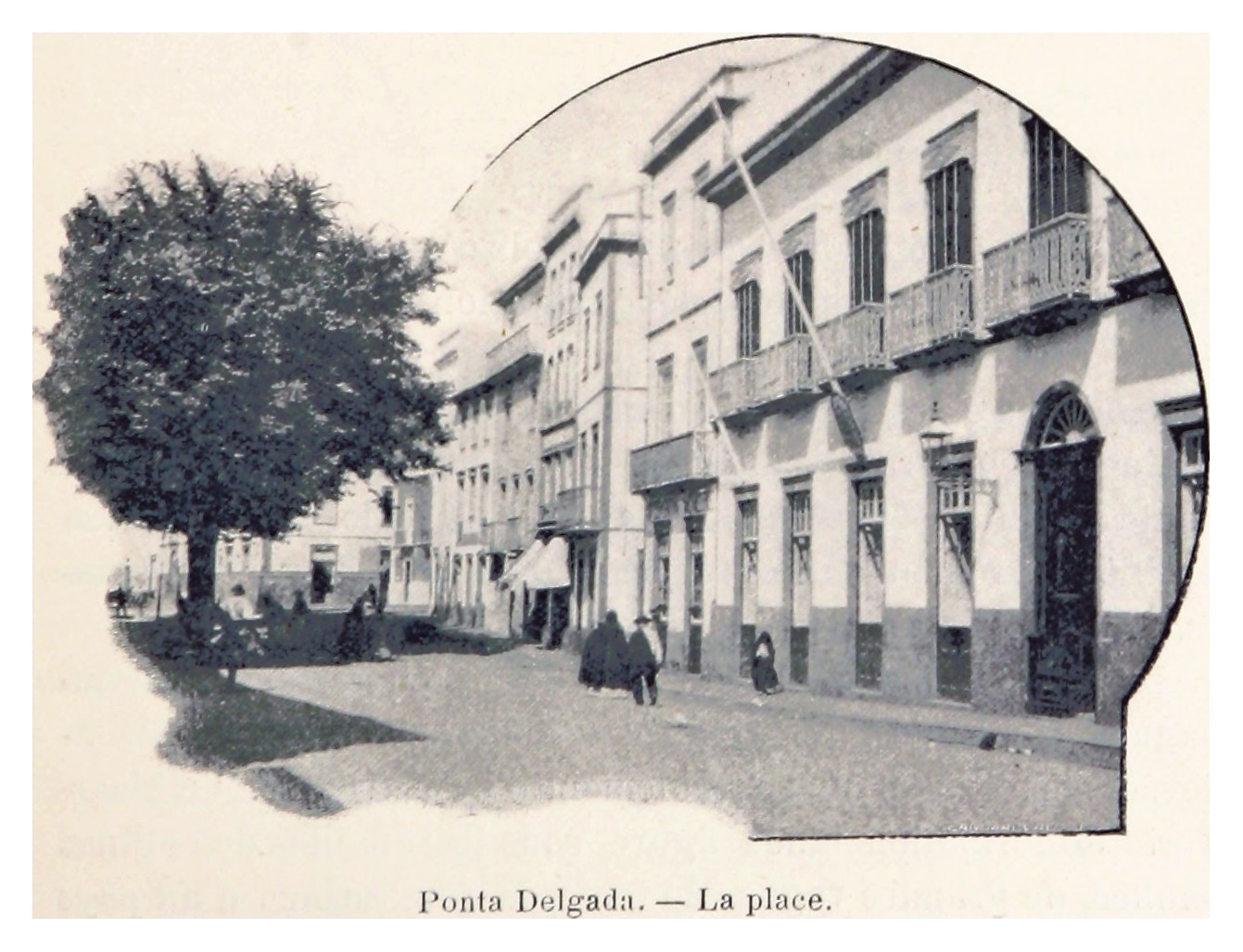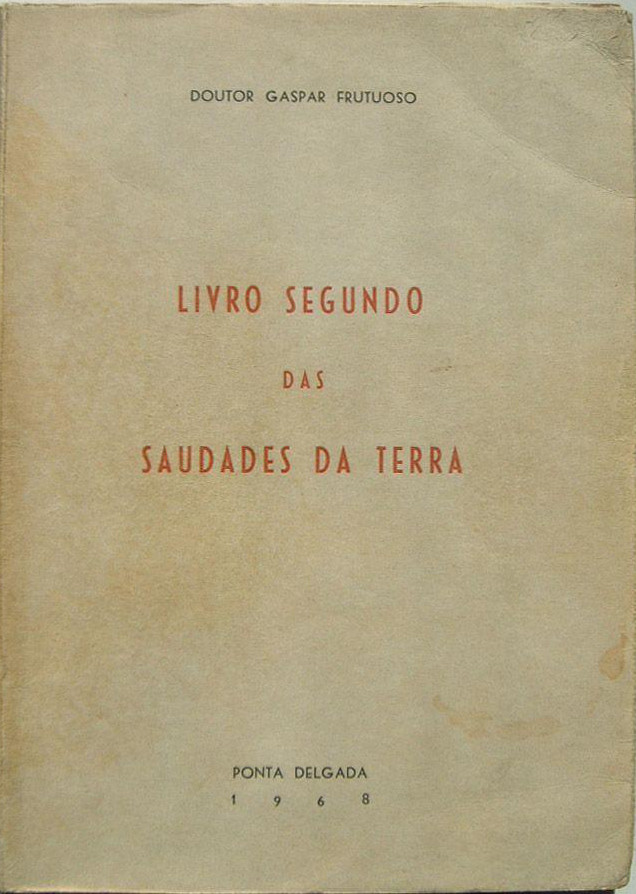|
Capelas
Capelas (; Portuguese for ''chapels'') is a civil parish along the northern coast of the municipality of Ponta Delgada, on the island of São Miguel in the Portuguese Azores. The population in 2011 was 4,080, in an area of . History The first settlements congregated around the port of ''Poços'', along the northern edge that divides Capelas from São Vicente Ferreira; its first settlers establishing shelters in and around the 16th Century.DRC (2010), p.16 With elevation of Capelas to (religious) parish it became integrated within the municipality of Ponta Delgada (on 11 July 1592). This administrative dependency lasted until it was elevated ...[...More Info...] [...Related Items...] OR: [Wikipedia] [Google] [Baidu] |
São Vicente Ferreira
São Vicente Ferreira is a civil parish in the municipality of Ponta Delgada in the Portuguese archipelago of Azores. The population in 2011 was 2,361, in an area of 11.42 km². Geography São Vicente Ferreira is located along the northern coast of the municipality of Ponta Delgada, between the parishes of Calhetas (in the east) and Capelas (in the west). To the north is the Atlantic Ocean The Atlantic Ocean is the second-largest of the world's five oceans, with an area of about . It covers approximately 20% of Earth's surface and about 29% of its water surface area. It is known to separate the " Old World" of Africa, Europe ..., and most of the settlement is concentrated along the main Regional E.R.1-1ª roadway that connects these parishes dominated by farmlands, while to the interior forests and scrub dominate the elevated hills. This roadway follows a straight line from the coastal cliffs, one of the few straight links on the island. From Ponta Delgada an ancill ... [...More Info...] [...Related Items...] OR: [Wikipedia] [Google] [Baidu] |
São Miguel Island
São Miguel Island (; Portuguese language, Portuguese for "Saint Michael"), nicknamed "The Green Island" (''Ilha Verde''), is the largest and most populous island in the Portugal, Portuguese archipelago of the Azores. The island covers and has around 140,000 inhabitants, with 45,000 people residing in Ponta Delgada, the archipelago's largest city. History In 1427, São Miguel became the second of the islands discovered by Gonçalo Velho Cabral to be settled by colonists from continental Portugal. This date is uncertain, as it is believed that the island was discovered between 1426 and 1437 and inscribed in portolans from the middle of the 15th century. Its discovery was later recorded by Priesthood (Catholic Church), Father Gaspar Frutuoso in the seminal history of the Azores, ''Saudades da Terra'', as he began: "This island of São Miguel where...we are, is mountainous and covered in ravines, and it was, when we discovered it, covered in trees...due to its humidity, with its ... [...More Info...] [...Related Items...] OR: [Wikipedia] [Google] [Baidu] |
Azores
) , motto =( en, "Rather die free than subjected in peace") , anthem= ( en, "Anthem of the Azores") , image_map=Locator_map_of_Azores_in_EU.svg , map_alt=Location of the Azores within the European Union , map_caption=Location of the Azores within the European Union , subdivision_type=Sovereign state , subdivision_name=Portugal , established_title=Settlement , established_date=1432 , established_title3=Autonomous status , established_date3=30 April 1976 , official_languages=Portuguese , demonym= ( en, Azorean) , capital_type= Capitals , capital = Ponta Delgada (executive) Angra do Heroísmo (judicial) Horta (legislative) , largest_city = Ponta Delgada , government_type=Autonomous Region , leader_title1=Representative of the Republic , leader_name1=Pedro Manuel dos Reis Alves Catarino , leader_title2= President of the Legislative Assembly , leader_name2= Luís Garcia , leader_title3= President of the Regional Government , leader_name3=José Manuel Bolieiro , le ... [...More Info...] [...Related Items...] OR: [Wikipedia] [Google] [Baidu] |
Ponta Delgada
Ponta Delgada (; ) is the largest municipality (''concelho'') and economic capital of the Autonomous Region of the Azores in Portugal. It is located on São Miguel Island, the largest and most populous in the archipelago. As of 2021, it has 67,287 inhabitants, in an area of . There are 17,629 residents in the three central Freguesia (Portugal), civil parishes that comprise the historical city: São Pedro (Ponta Delgada), São Pedro, São Sebastião (Ponta Delgada), São Sebastião, and São José (Ponta Delgada), São José. Ponta Delgada became the region's administrative capital under the Political status of the Autonomous Region of the Azores, revised constitution of 1976; the judiciary and Catholic episcopal see, See remained in the historical capital of Angra do Heroísmo while the Legislative Assembly of the Azores was established in Horta (Azores), Horta. History The origin of the placename Ponta Delgada (Portuguese for ''delicate or thin point'') was elaborated by the ... [...More Info...] [...Related Items...] OR: [Wikipedia] [Google] [Baidu] |
Mosteiros (Ponta Delgada)
Mosteiros is a civil parish in the municipality of Ponta Delgada on the Portuguese island of São Miguel in the Azores. The population in 2011 was 1,123, in an area of . It contains the localities Chã das Machadas, Lomba dos Homens, Lombinha and Mosteiros. History It was only around 1480, that the first people began to settle this part of the island, mostly by the maritime access, for many years. The community of Mosteiros was built on ancestral fishing for many years, even as its territory was cultivated by farmers. The name Mosteiros, meaning monastery in the Portuguese language, refers to nearby islets: the largest of these islets is shaped like a church.DRAC (2010), p.30 As Gaspar Frutuoso noted: :''"Between the large islet and ponta Ruiva, by the cliffs, until the promontory of Escalvados, there are some large depressions and well made fumaroles, in the form of a church, or monasteries, or of both things, that older settlers called ''the monasteries'' osteiros situated on ... [...More Info...] [...Related Items...] OR: [Wikipedia] [Google] [Baidu] |
Whaling
Whaling is the process of hunting of whales for their usable products such as meat and blubber, which can be turned into a type of oil that became increasingly important in the Industrial Revolution. It was practiced as an organized industry as early as 875 AD. By the 16th century, it had risen to be the principal industry in the Basque coastal regions of Spain and France. The industry spread throughout the world, and became increasingly profitable in terms of trade and resources. Some regions of the world's oceans, along the animals' migration routes, had a particularly dense whale population, and became the targets for large concentrations of whaling ships, and the industry continued to grow well into the 20th century. The depletion of some whale species to near extinction led to the banning of whaling in many countries by 1969, and to an international cessation of whaling as an industry in the late 1980s. The earliest known forms of whaling date to at least 3000 BC. Coasta ... [...More Info...] [...Related Items...] OR: [Wikipedia] [Google] [Baidu] |
Gaspar Frutuoso
Gaspar Frutuoso (c.1522 in Ponta Delgada – 1591 in Ribeira Grande) was a Portuguese priest, historian and humanist from the island of São Miguel, in the Portuguese archipelago of the Azores. His major contribution to Portuguese history was his detailed descriptions of the history and geography of the Azores, Madeira, Canary Islands and references to Cape Verde, which he published in his six-part tome ''Saudades da Terra'', as well as ''Saudades do Céu''. He is normally cited in settlement history of the islands of the Azores. Biography Gaspar Frutuoso was born in 1522,José Luís Brandão da Luz (1996), p. 475 on the island of São Miguel, son of Frutuoso Dias, a merchant and rural property-owner, and his wife Isabel Fernandes. Little is known of his childhood, apart from references to him working his father's lands during this period. The first trustworthy record about Frutuoso was his admission to the University of Salamanca (in 1548) where he later obtained an Arts certi ... [...More Info...] [...Related Items...] OR: [Wikipedia] [Google] [Baidu] |
Toponomy
Toponymy, toponymics, or toponomastics is the study of ''toponyms'' (proper names of places, also known as place names and geographic names), including their origins, meanings, usage and types. Toponym is the general term for a proper name of any geographical feature, and full scope of the term also includes proper names of all cosmographical features. In a more specific sense, the term ''toponymy'' refers to an inventory of toponyms, while the discipline researching such names is referred to as ''toponymics'' or ''toponomastics''. Toponymy is a branch of onomastics, the study of proper names of all kinds. A person who studies toponymy is called ''toponymist''. Etymology The term toponymy come from grc, τόπος / , 'place', and / , 'name'. The ''Oxford English Dictionary'' records ''toponymy'' (meaning "place name") first appearing in English in 1876. Since then, ''toponym'' has come to replace the term ''place-name'' in professional discourse among geographers. Toponym ... [...More Info...] [...Related Items...] OR: [Wikipedia] [Google] [Baidu] |
Maria I Of Portugal
, succession = Queen of Portugal , image = Maria I, Queen of Portugal - Giuseppe Troni, atribuído (Turim, 1739-Lisboa, 1810) - Google Cultural Institute.jpg , caption = Portrait attributed to Giuseppe Troni, , reign = 24 February 1777 – , cor-type = Acclamation , coronation = 13 May 1777 , predecessor = Joseph I , successor = John VI , regent = Peter III , reg-type = Co-monarch , regent1 = John, Prince Regent , succession2 = Queen of Brazil , reign2 = 16 December 1815 – , successor2 = John VI , regent2 = John, Prince Regent , spouse = , issue = , issue-link = #Marriage and issue , issue-pipe = , house = Braganza , father = Joseph I of Portugal , mother = Mariana Victoria of Spain , birth_date = , birth_place = Ribeira Palace, Lisbon, Portugal , death_date = , death_place = Convent of Carmo, Rio de Janeiro, Brazil , burial_place = ... [...More Info...] [...Related Items...] OR: [Wikipedia] [Google] [Baidu] |
Igreja De Nossa Senhora Da Apresentação, Fachada, Capelas, Ponta Delgada, Ilha De São Miguel, Açores
"Igreja" ("Church") is a single by Brazilian rock band Titãs, released in 1986, part of their ''Cabeça Dinossauro'' album. Lyrics and composition According to songwriter and then bassist and vocalist Nando Reis, the song was written on the acoustic guitar at his mother's house in the district of Butantã, São Paulo: By the time of the album's release, Reis said: Reception within the band It was one of the last songs to be selected for the album and it stirred controversy among the members themselves - vocalist Arnaldo Antunes, at first, didn't want to record it and would even leave the stage sometimes when the song was performed live. When the members had a meeting at vocalist Branco Mello's apartment to discuss the album's repertoire, vocalist, bassist and saxophonist Paulo Miklos also opposed the song's inclusion, but soon changed his mind as the band performed it live. Antunes, on the other hand, said "the song is against the Church as the institution, but at the ... [...More Info...] [...Related Items...] OR: [Wikipedia] [Google] [Baidu] |
Portugal
Portugal, officially the Portuguese Republic ( pt, República Portuguesa, links=yes ), is a country whose mainland is located on the Iberian Peninsula of Southwestern Europe, and whose territory also includes the Atlantic archipelagos of the Azores and Madeira. It features the westernmost point in continental Europe, and its Iberian portion is bordered to the west and south by the Atlantic Ocean and to the north and east by Spain, the sole country to have a land border with Portugal. Its two archipelagos form two autonomous regions with their own regional governments. Lisbon is the capital and largest city by population. Portugal is the oldest continuously existing nation state on the Iberian Peninsula and one of the oldest in Europe, its territory having been continuously settled, invaded and fought over since prehistoric times. It was inhabited by pre-Celtic and Celtic peoples who had contact with Phoenicians and Ancient Greek traders, it was ruled by the Ro ... [...More Info...] [...Related Items...] OR: [Wikipedia] [Google] [Baidu] |

_(cropped).jpg)



